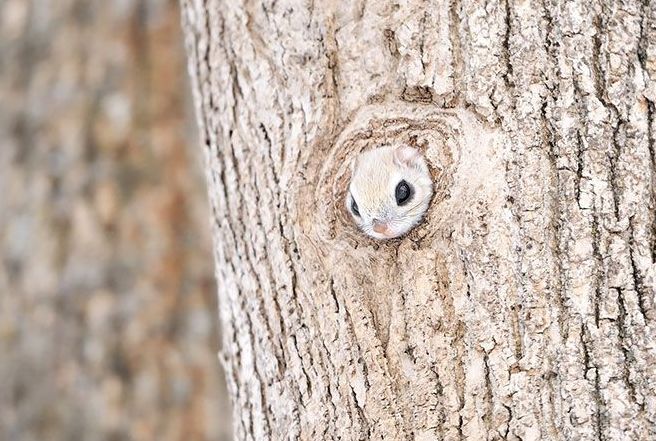|
|
Flying Squirrel
|
Life cycles
The life expectancy of flying squirrels in the wild is about six years, but flying squirrels can live up to fifteen years in zoos. The mortality rate in young flying squirrels is high because of predators and diseases. Predators of flying squirrels include tree snakes, raccoons, owls, martens, fishers, coyotes, bobcats, and feral cats. In the Pacific Northwest of North America, the northern spotted owl (Strix occidentalis) is a common predator of flying squirrels.
Flying squirrels are usually nocturnal, since they are not adept at escaping birds of prey that hunt during the daytime. They eat according to their environment; they are omnivorous, and will eat whatever food they can find. The North American southern flying squirrel eats seeds, insects, gastropods (slugs and snails), spiders, shrubs, flowers, fungi, and tree sap.
|
|









